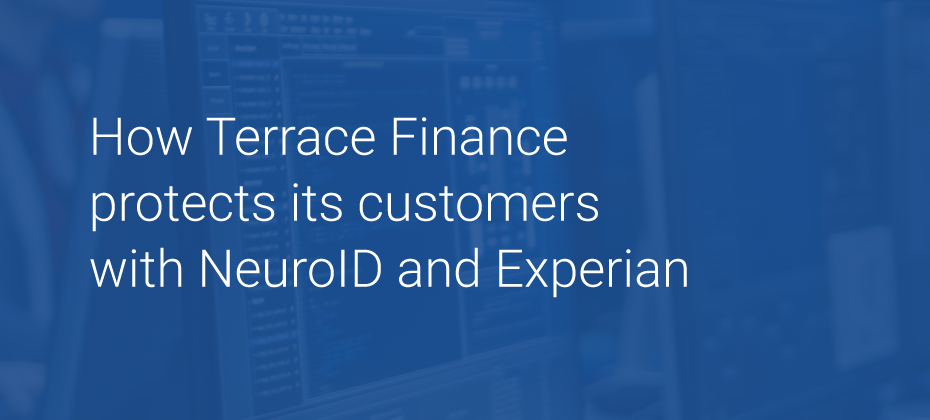
When a data breach occurs, it can have a ripple effect on your business, your employees, and your customers. Depending on the severity of the breach, large volumes of personally identifiable information – such as email addresses, birth dates, passwords, social security numbers, etc. – may fall into the hands of unauthorized people who intend to exploit that information for personal gain.
While data breaches are difficult to predict, you can take proactive steps to ensure that your business and your customersare wellequipped to respond quicklyand drive faster resolution.
Create a plan
The average cost of a data breach in 2023is $4.45million, a 15% increase from 2020[1]. This is a considerable loss that can be devastating to a business of any size. The best strategy to mitigate this kind of loss is to be prepared with a data breach response plan.
If your business experiences a data breach and you’re unprepared for it, the losses you and your customers incur can be much more serious, and the damage to your company’s bottom line and reputation can last much longer than necessary.
By establishing adata breach response plan, you can limit the downside potential of an attack and considerably shorten the recovery time. This can help your business and your customers return to good standing as soon as possible.
Arm your team with knowledge
The IT department is no longer the only line of defense against cyberattack or data breaches. Many hackers will try to illegally obtain sensitive information from front line or associate level employees using a variety of methods like phishing, ransomware, or social engineering. This puts the responsibility of protecting company data on every employee, not just on the cybersecurity team.
This is why it’s important to educate all of your employees on how to recognize potential threats of a data breach. With this knowledge, they can work collectively to keep consumers’ data safe and secure.
Address your customers’ concerns effectively
If a data breach happens to your business, it’s crucial to notify your customers as soon as possible. Not only should you alert them of the breach, but you should also have a protocol in place to provide up-to-date information, helpful resources, and reassurance.
Whether through email, in-app notifications, or call center agents, your customer response process should include clear, frequent, and timely communication throughout the duration of the breach. Keeping your customers informed and at ease during a breach will encourage them to remain calm and feel confident to continue doing business with you.
Data breaches and cyberattacks are unpredictable and can have unforeseen, long-lasting negative effects on small, medium, and large businesses alike. But if you have a solid plan, keep your employees knowledgeable about potential threats, and provide useful, timely information to your customers, you can minimize the damage of any breach on your organization.
Visit our websitefor more information about our offerings and how Experian can help you prepare and respond to data breaches.


